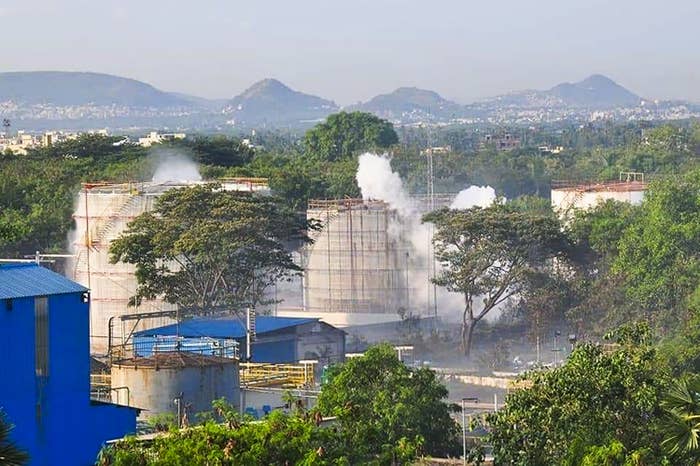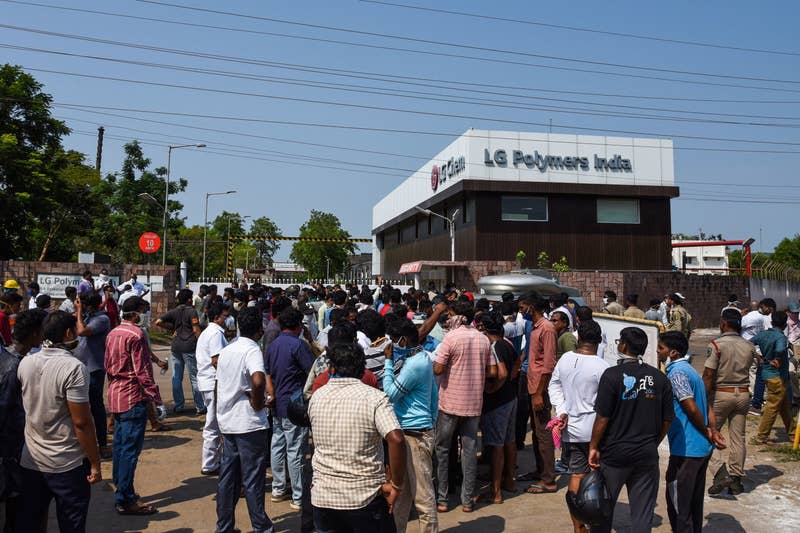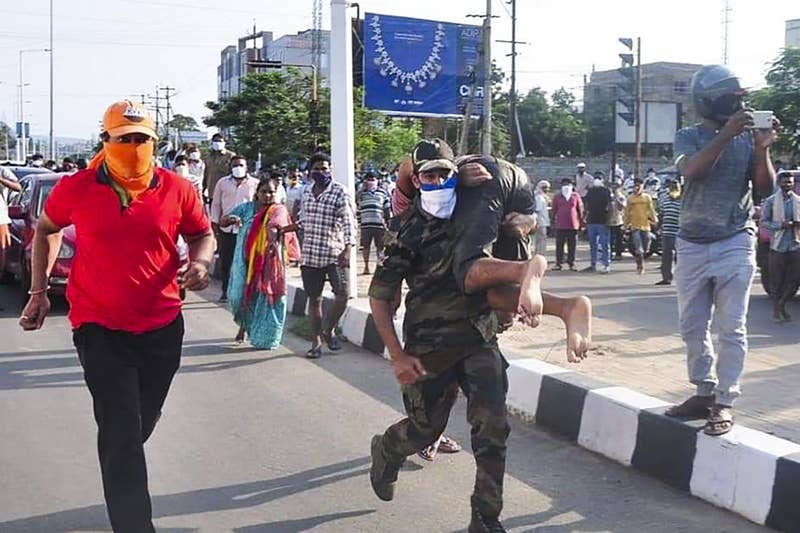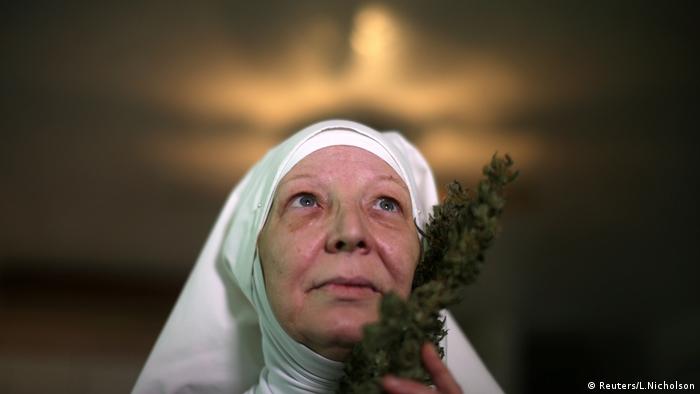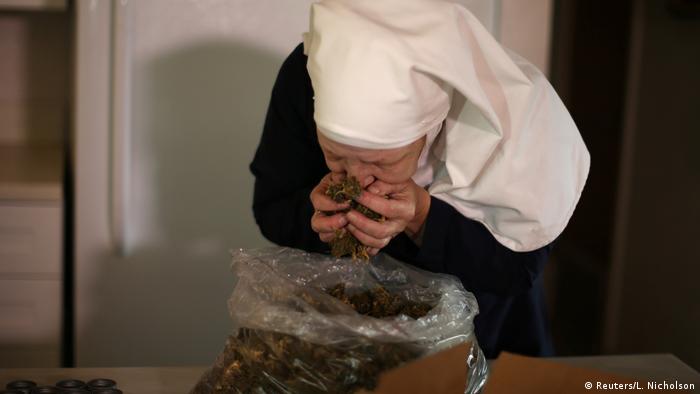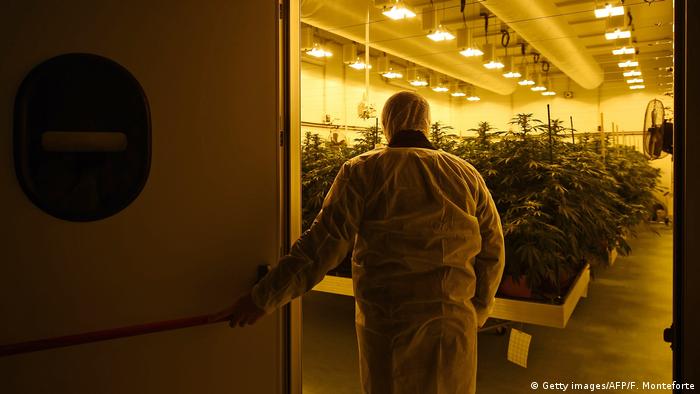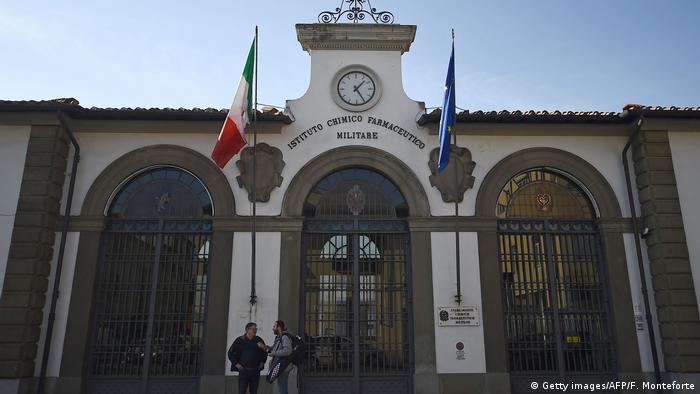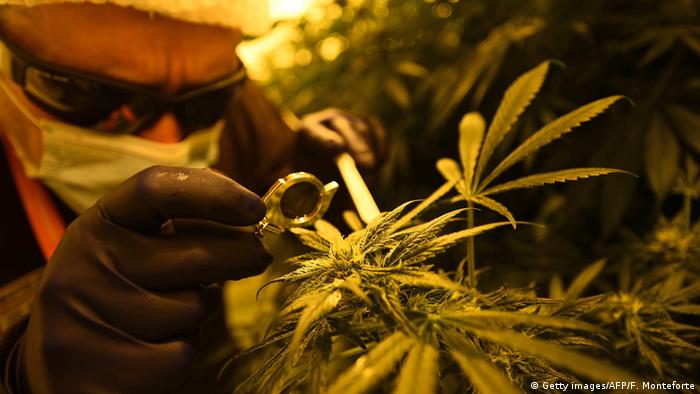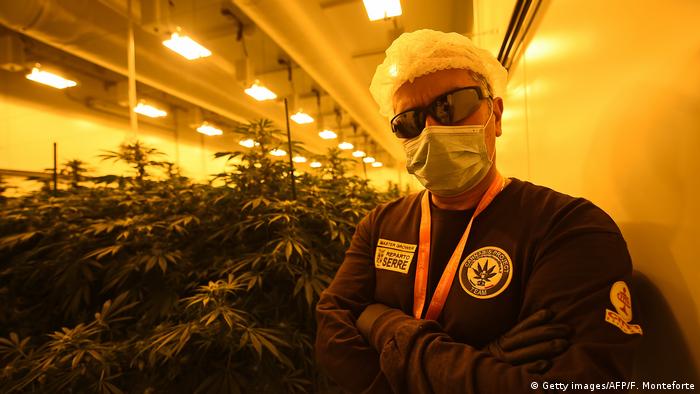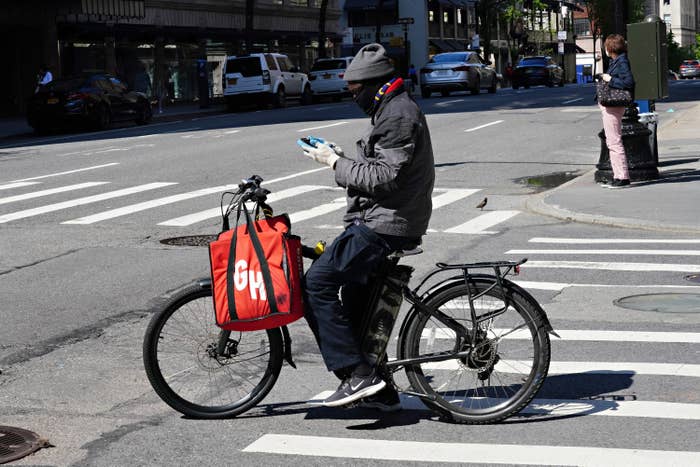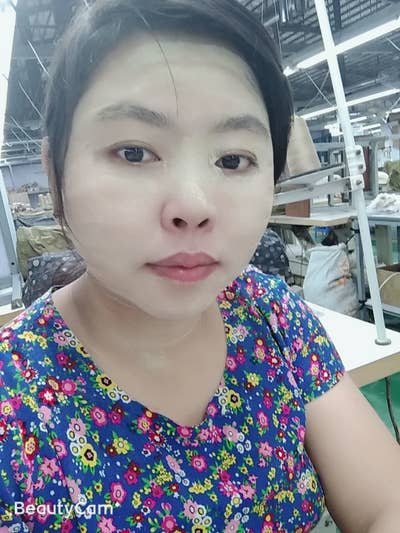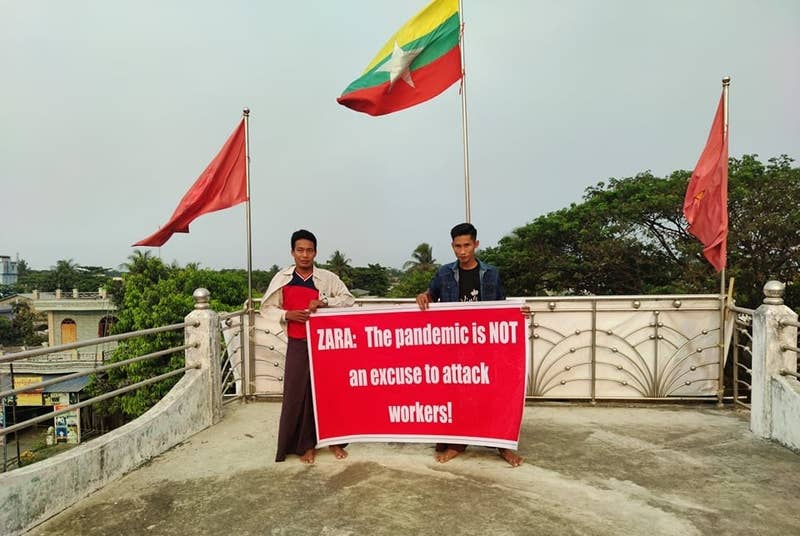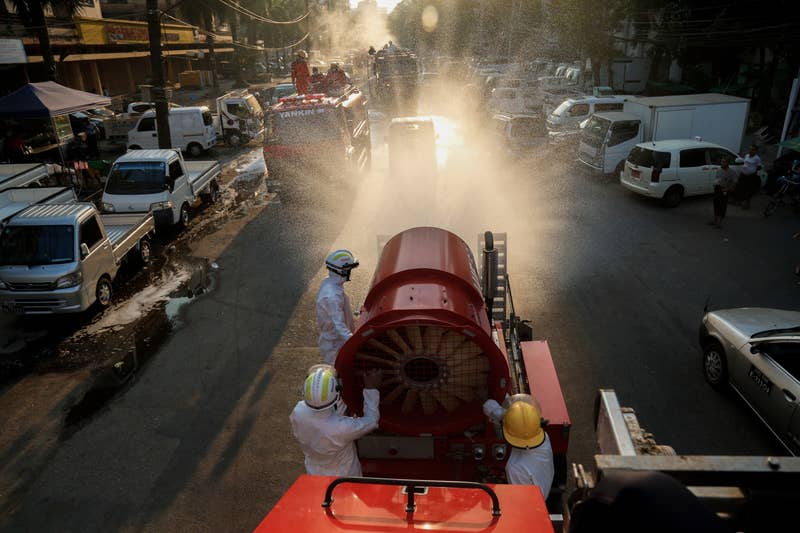By CÉSAR GARCÍA 0/8/2020

1 of 8
Rodolfo Gomez, to center, and his employees demonstrate how their design of a cardboard box can serve as both a hospital bed and a coffin, designed for COVID-19 patients, in Bogota, Colombia, Friday, May 8, 2020. Gomez said he plans to donate the first units to Colombia's Amazonas state, and that he will sell others to small hospitals for 87 dollars. (AP Photo/Fernando Vergara)BOGOTA, Colombia (AP) —
A Colombian advertising company is pitching a novel if morbid solution to shortages of hospital beds and coffins during the coronavirus pandemic: combine them.
ABC Displays has created a cardboard bed with metal railings that designers say can double as a casket if a patient dies.
ABC Displays has created a cardboard bed with metal railings that designers say can double as a casket if a patient dies.

2 OF 8
Rodolfo Gomez, left, and his employees demonstrate how their design of a cardboard box can serve as both a hospital bed and a coffin, designed for COVID-19 patients, in Bogota, Colombia, Friday, May 8, 2020. Gomez said he plans to donate the first units to Colombia's Amazonas state, and that he will sell others to small hospitals for 87 dollars. (AP Photo/Fernando Vergara)
Families in the coastal city of Guayaquil waited with dead loved ones in their homes for days last month as COVID-19 cases surged. Many could not find or were unable to afford a wood coffin, using donated cardboard ones instead.“Poor families don’t have a way of paying for a coffin,” Gómez said.
Gómez said he plans to donate 10 of his new beds to Colombia’s Amazonas department, where resources are in short supply. So far there is no indication whether the beds will be put to use and no orders have been placed.
The Bogota-based company is usually at work on advertisements but has been mostly paralyzed over the last month as Colombia remains on lockdown. The South American nation has reported nearly 9,500 confirmed cases of the virus.

3 OF 8
Workers at a company that designs packaging for product displays carry a box containing one of their co-workers to demonstrate how their new design of a cardboard box can serve as both a hospital bed and a coffin, designed for COVID-19 patients, in Bogota, Colombia, Friday, May 8, 2020. Owner Rodolfo Gomez said he plans to donate the first units to Colombia's Amazonas state, and that the company will sell others to small hospitals for 87 dollars. (AP Photo/Fernando Vergara)
The beds can hold a weight of 330 pounds (150 kilograms) and will cost about $85 each, Gómez said. He said he worked with a private clinic on the design, which he hopes will be put to use in emergency clinics that might become short on beds.
At least one doctor was skeptical of how sturdy a cardboard bed might be. He also warned that any corpses should first be placed in a sealed bag before being put in a cardboard coffin to avoid potentially spreading the disease.
The beds can hold a weight of 330 pounds (150 kilograms) and will cost about $85 each, Gómez said. He said he worked with a private clinic on the design, which he hopes will be put to use in emergency clinics that might become short on beds.
At least one doctor was skeptical of how sturdy a cardboard bed might be. He also warned that any corpses should first be placed in a sealed bag before being put in a cardboard coffin to avoid potentially spreading the disease.

4 OF 8
Rodolfo Gomez, center, owner of a company that designs packaging for product displays, sits with his employees on top of a box to demonstrate the sturdiness of their design of a cardboard box intended to serve as both a hospital bed or coffin for COVID-19 patients, in Bogota, Colombia, Friday, May 8, 2020. Gomez said he plans to donate the first units to Colombia's Amazonas state, and that he will sell others to small hospitals for 87 dollars. (AP Photo/Fernando Vergara)
REST OF THE FOTOS HERE
